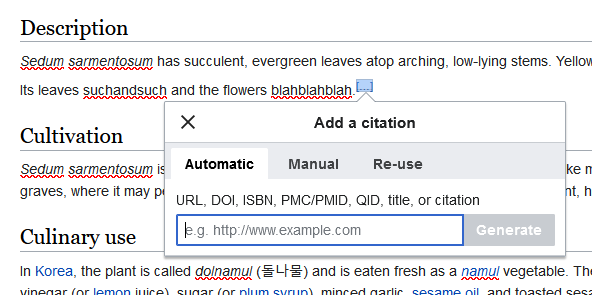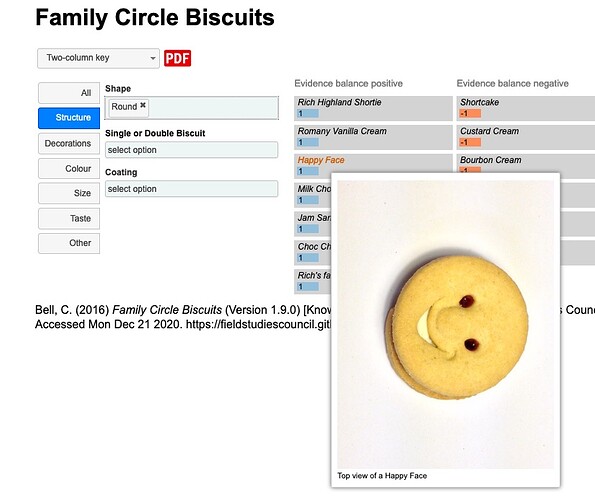For me, the complexity of learning to edit Wikipedia is an insurmountable hurdle. Even if I had info to share, I’d never want to devote such a massive amount of time into researching all their citation rules and technical mark-up. I’ve heard stories of people trying to ad ID info to existing articles and having it deleted.
Yeah I don’t use the Wikipedia tabs at all personally, even though I know they’re there.
Feels too dense to pick through, information usually missing, or if it is there, terminology difficult.
Also not location-specific enough. Do many people use them for ID atm?
Another option that could be effective would be to integrate some sort of standardised multiaccess keys. I’ve been quite impressed by the UK Field Studies Council one
https://fieldstudiescouncil.github.io/tombiovis/identikit/vis.html
https://harvestmen.fscbiodiversity.uk/
Nice that its open for others to deploy … and only requires a spreadsheet to setup
https://fieldstudiescouncil.github.io/tombiovis/
This would be a great format for something like the Lucilia sp table @edanko has in his fly guide
It could also be location-specific in theory(?)
Sorry to hear that! You don’t need to know anything about citation rules or technical mark-up to contribute to Wikipedia. They have a visual editor that is like editing a Word document. To add a citation you just click a button, enter the URL, and it formats it for you. And another simple more manual option for offline resources. That said, there’s a whole team of iNatters who edit Wikipedia and Wikipedians who iNat who’d be happy to help, as well as plenty of other editors on Wikipedia who can help get things formatted correctly.

It’s the content that is the most useful contribution, however it’s formatted. :) Anyone should feel free to reach out to me if they have questions.
This topic was automatically closed 60 days after the last reply. New replies are no longer allowed.
